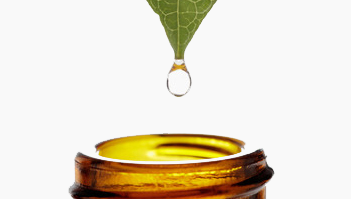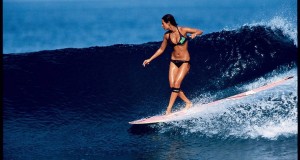
So what exactly is Rolfing? To many it conjures up as an extremely painful experience. Unfortunately, there is very little truth to this rumor. It can create intense sensation. Pain in massage therapy should always be a brief experience to alert the Rolfer to fascia that is stuck in an adhesive pattern. A well trained Rolfer/Structural Integrationist should be conscious and respectful of their clients needs.
Many will tell you they are willing to deal with pain if the pain is gone once the therapy session is over. My practice is more gentle, I would rather apply the technique more than once to allow the body time to adapt to the pressure. All any of us are doing when we do massage type therapy is having a conversation with the body’s own homeostatic response mechanism. I for one don’t believe we need to create more pain to relieve painful chronic conditions. Let’s take a closer look at Structural Integration or Rolfing as its called.
It was Dr. Rolf’s theory that pain in the human organism both physical and emotional was based on our relationship with gravity and its effect on our fascial membranes. Force vectors that enter the body either physical, emotional or environment can effect the physical structure, the alignment of the skeletal structure and all the muscles, ligaments and tendons of the organism. Just like a geodesic dome our structure is totally interrelated and any force that enters the system can be held in other parts of the structure. Through skillful application of technique a Rolfer/Structural Integrationist can inform the system of its imbalance and ultimately change the structure to a place of more ease, freeing up energy that is used unnecessarily to hold patterns of imbalance.
Linking all internal structures within the human frame is the fascial web. This plastic connective tissue creates the structure that you see. Fascia also envelopes and unites the structure of all the inner organs. Since fascia is malleable it is constantly changing and adapting to external responses that are having an impact on our systems. Sometimes the forces that have been applied create adaptions that create imbalances and pain. Rolfing, although a form of massage therapy doesn’t in any way shape or form resemble classic Swedish massage.
The strokes are much slower, often times not even moving, while the Rolfing practitioner waits for the fascia to release and lengthen. Fascia is an organ of form and through deliberate and focused application with passive and active movement of the client’s body during the application of an accurate tool (hand, fingers, elbow, ulna bone etc) painful conditions often disappear as the body takes on a more upright postural attitude. Through the Rolfing technique the elasticity and sliding capacity of the issue can be restored and the body realigned to become more fluid and pain free. Through educating our clients to use certain movement tools, the conscious effort on the client’s part can often create changes that last a lifetime!
The beauty of Rolfing is that it offers a tactile and chemical free approach to pain management and is appreciated by any performance athlete whose training allows them to be able to perceive even the slightest change in function and balance. I highly suggest Rolfing to become part of your wellness regime for not only prevention but performance enhancement. It is an outstanding regime that has been used successfully for nearly 50 years as a manual therapy for dealing with pain and performance.

Source by Judah Lyons
 Vitamin Agent The Health & Naturalistic Source
Vitamin Agent The Health & Naturalistic Source



